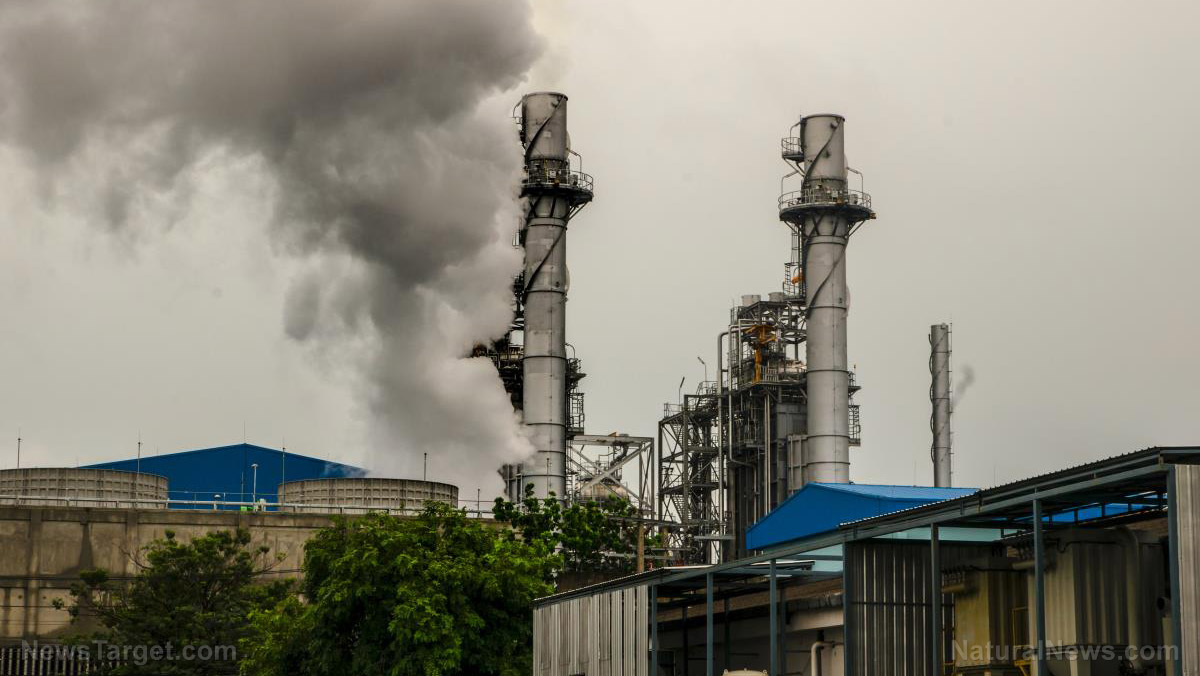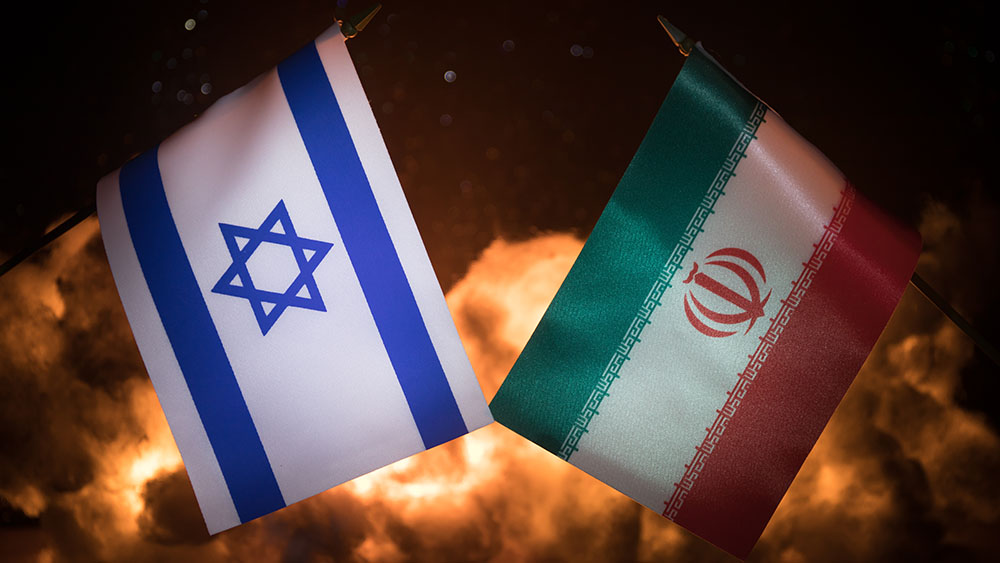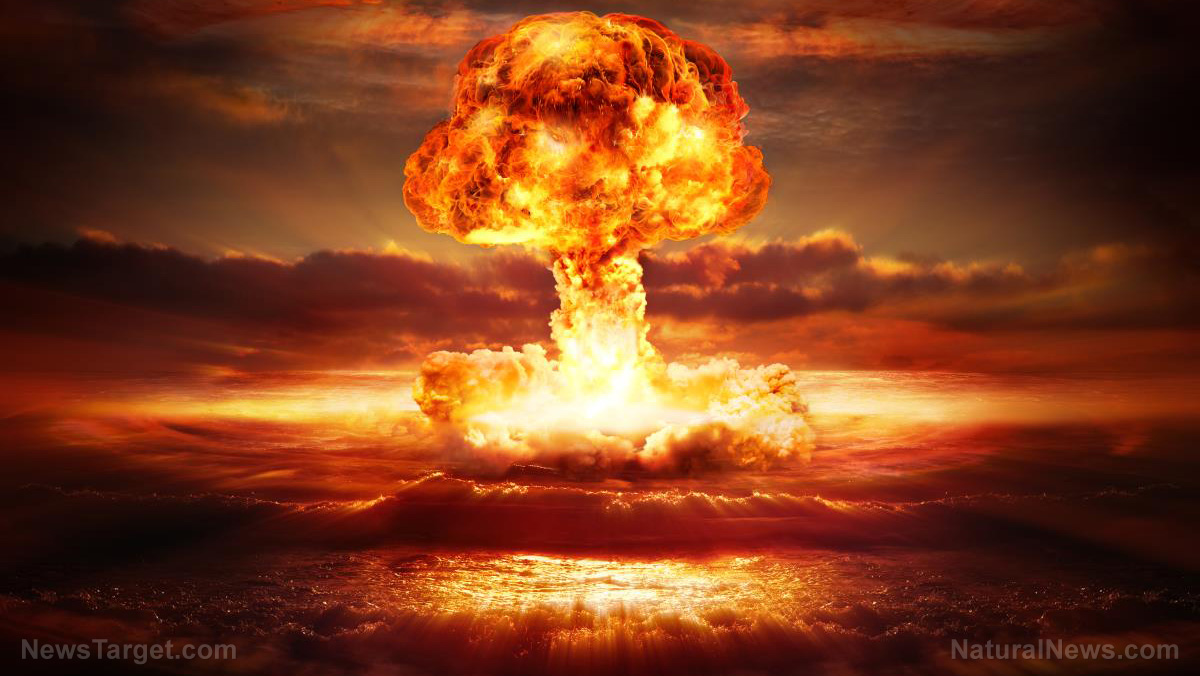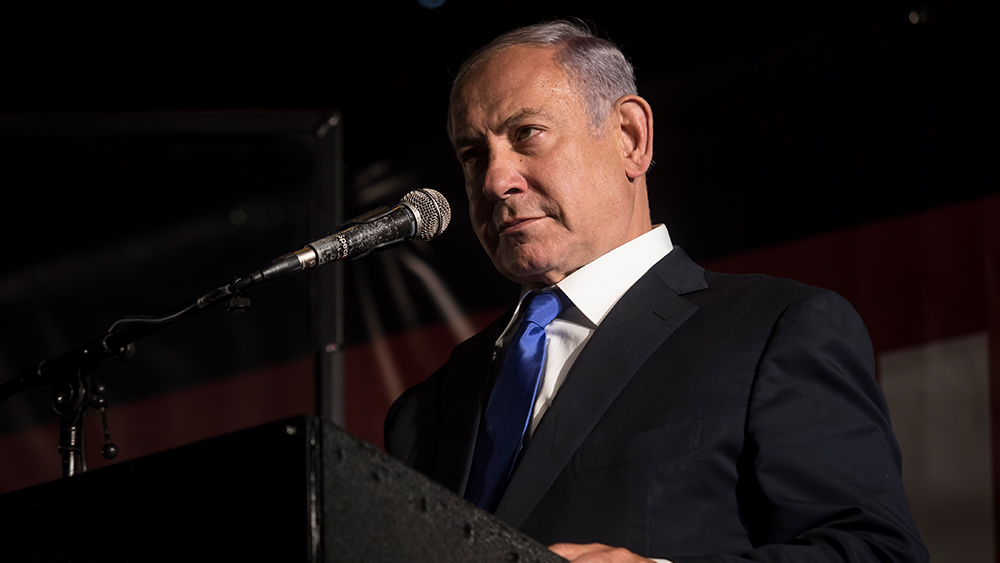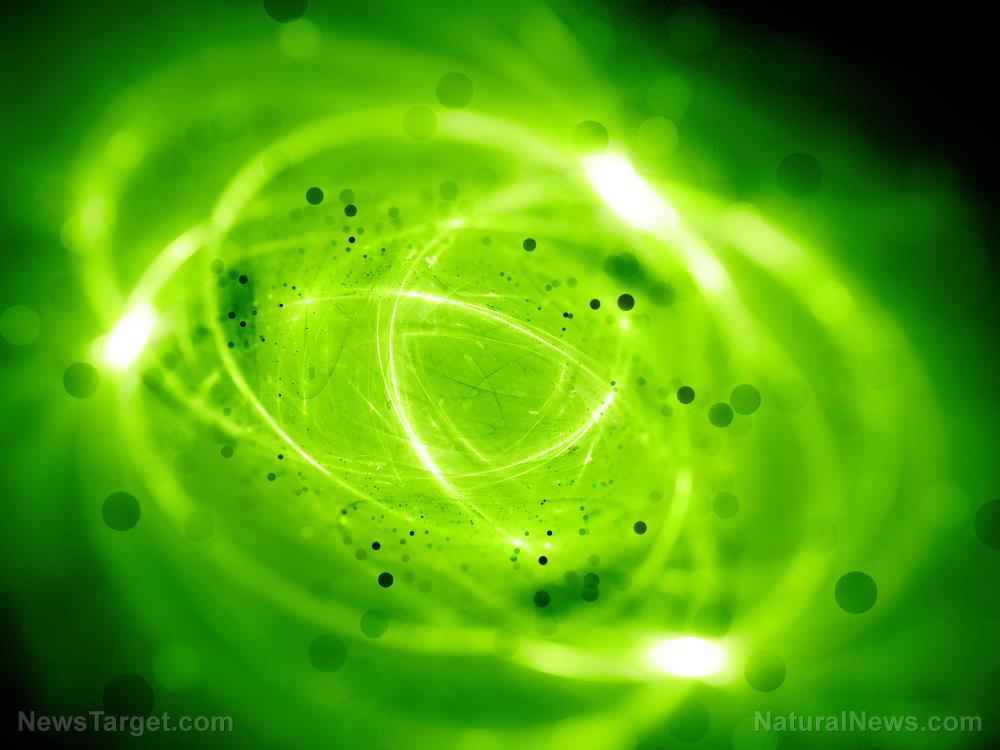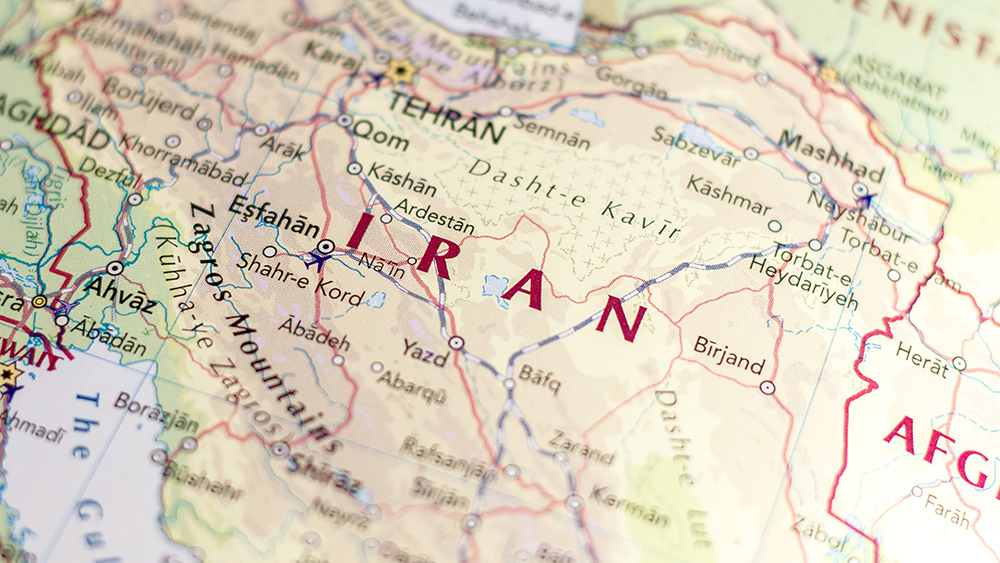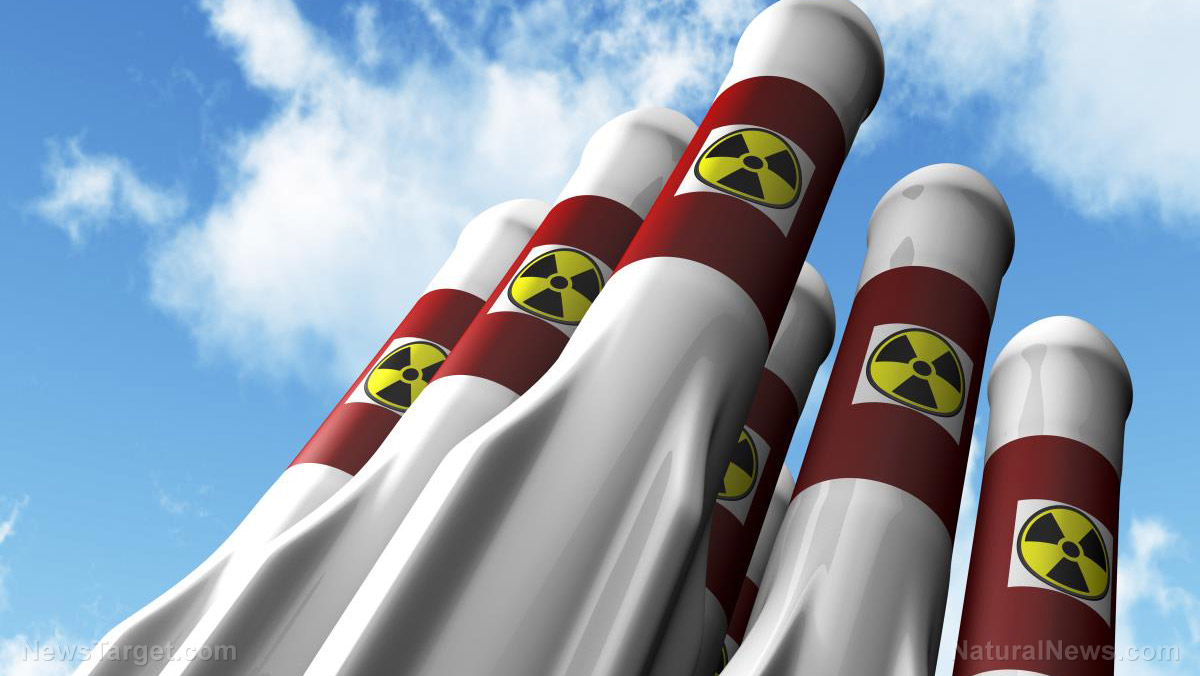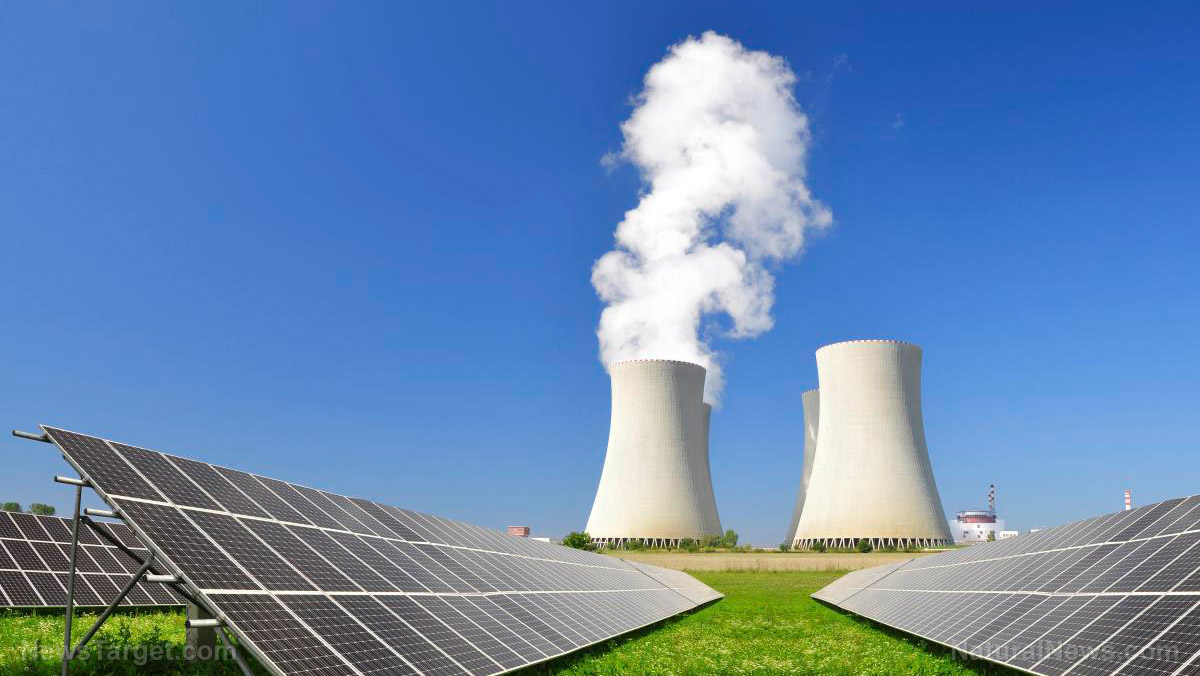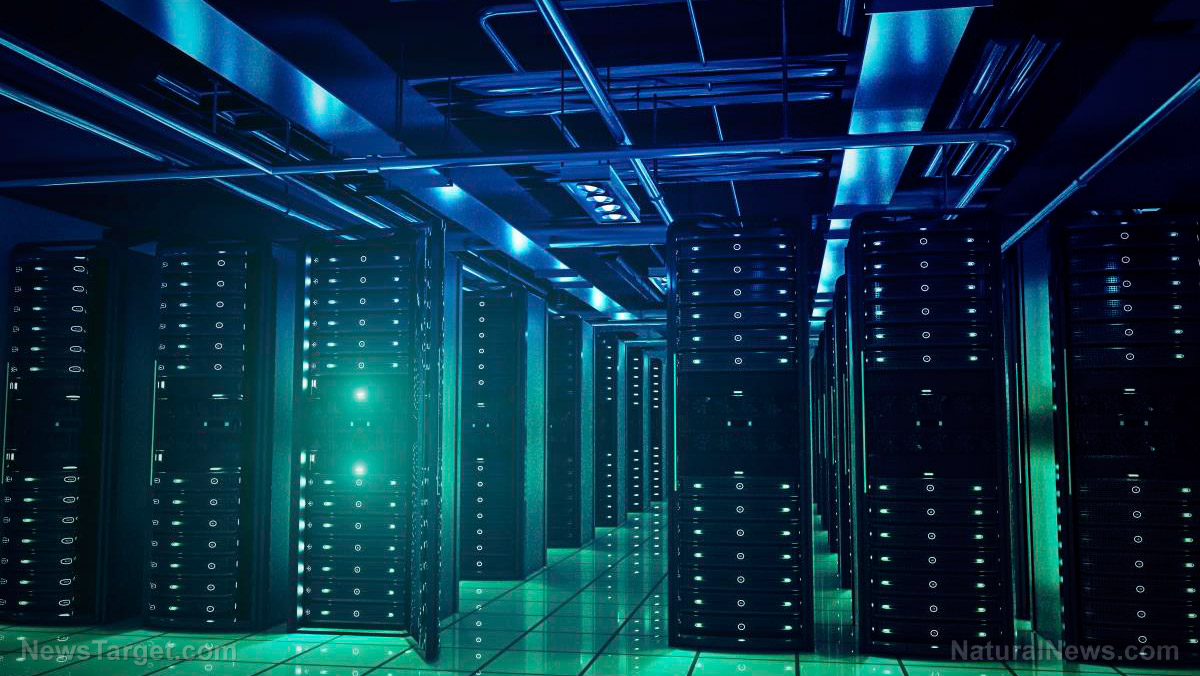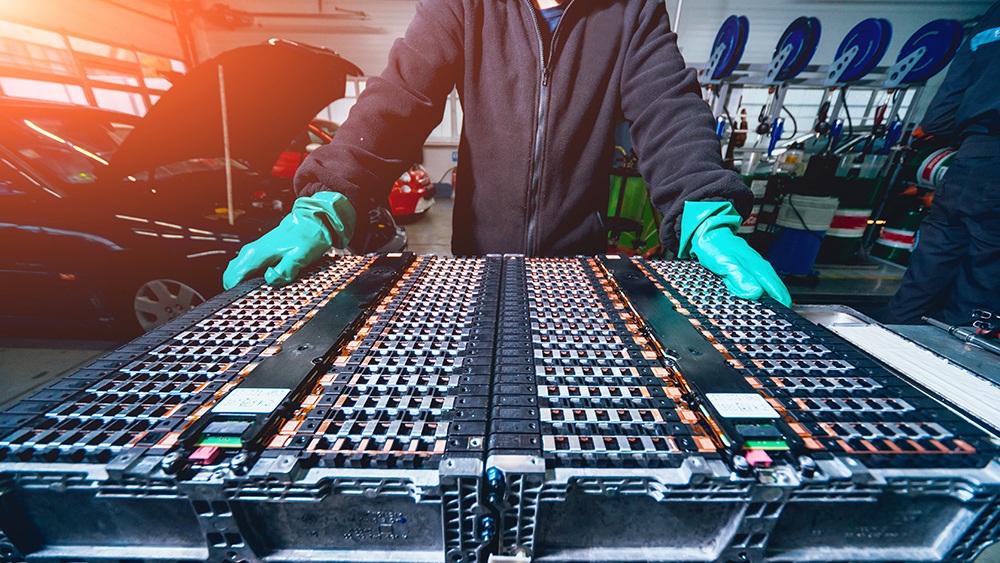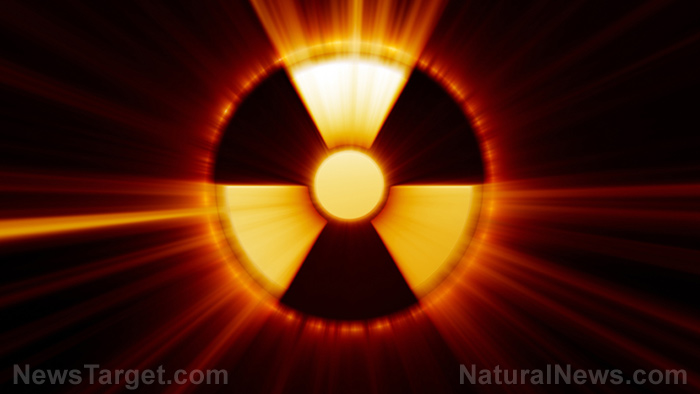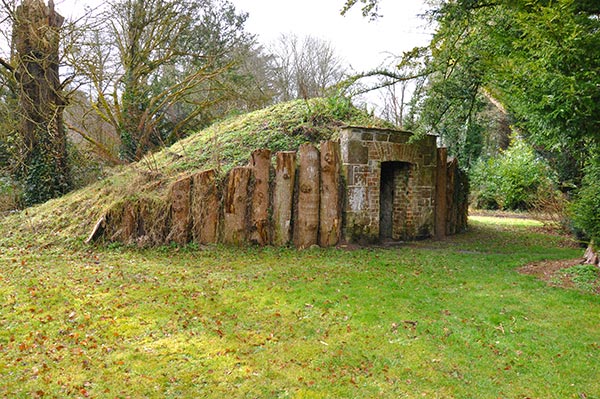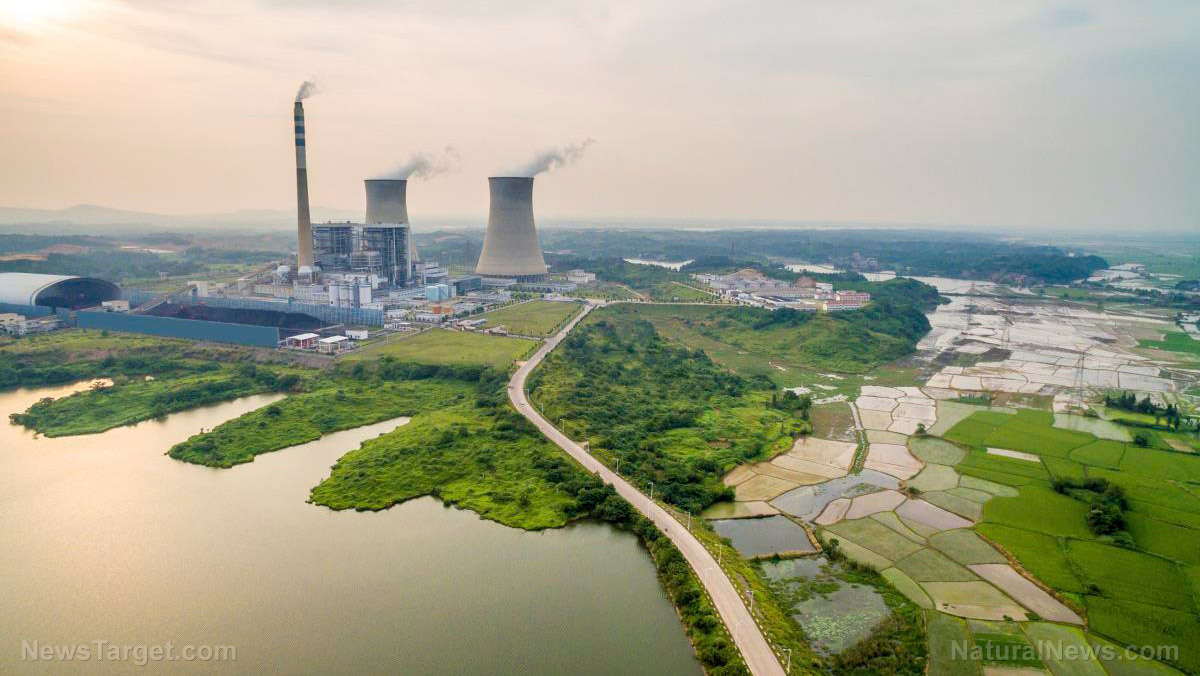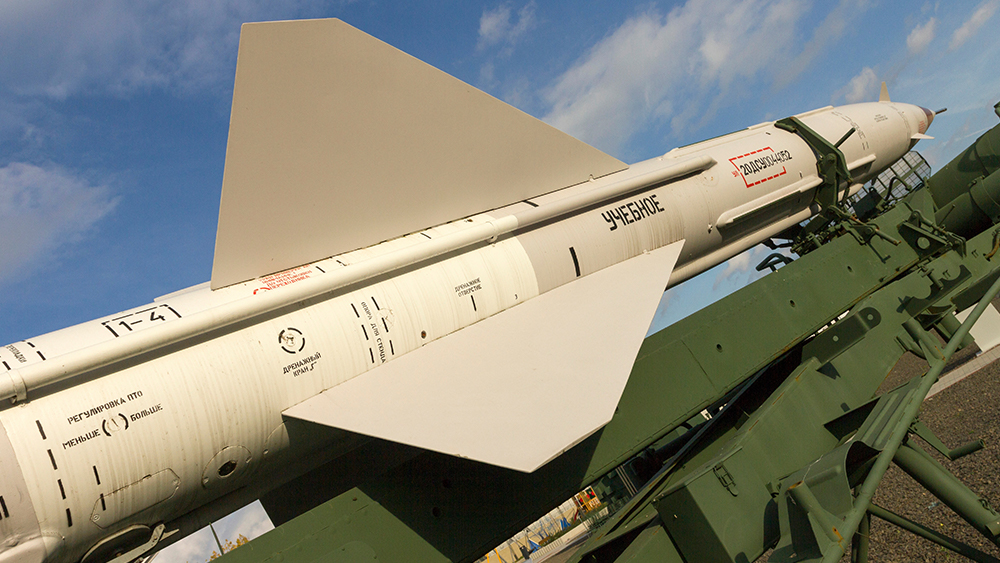France to build world’s largest nuclear-powered AI supercomputer in $10.3 billion deal
02/14/2025 / By Cassie B.
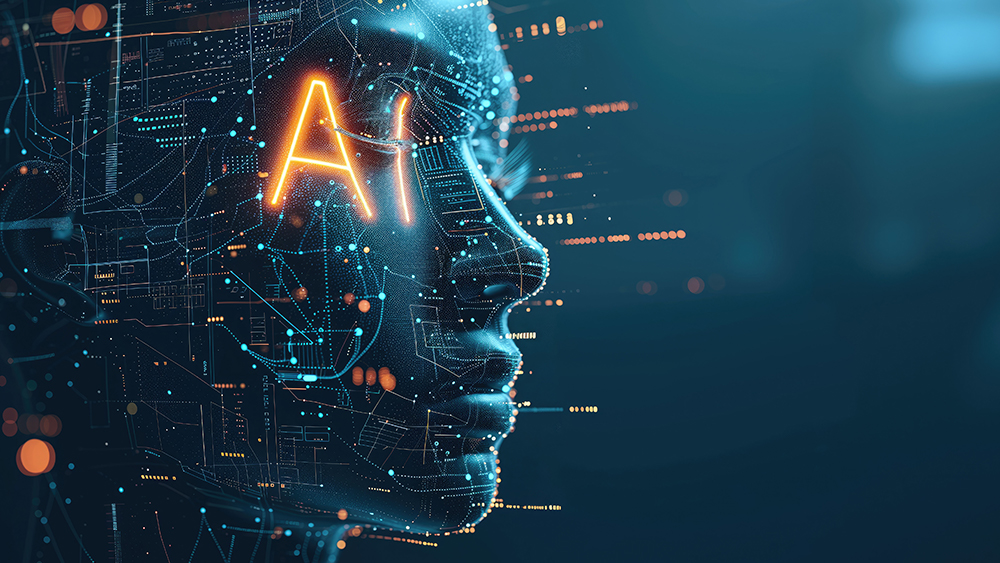
- France partners with UK-based Fluidstack to build the world’s largest nuclear-powered AI supercomputer, aiming for 1 GW capacity by 2028.
- The $10.3 billion project positions France as a global AI leader, rivaling the U.S. and China, leveraging its nuclear energy sovereignty.
- The supercomputer will host 500,000 next-gen AI chips, creating thousands of jobs and boosting France’s AI infrastructure and economy.
- France’s broader €109 billion AI investment includes UAE and French companies, with the UAE pledging €50 billion for a separate AI data center.
- The initiative reflects France’s ambition to export intelligence, not just electricity, reshaping its role in the global AI ecosystem.
In a bid to secure its place in the global artificial intelligence (AI) race, France has partnered with UK-based tech firm Fluidstack to build what could become the world’s largest AI supercomputer—powered entirely by nuclear energy.
The $10.3 billion (€10 billion) project, announced at the AI Action Summit in Paris, aims to position France as a leader in AI innovation, rivaling the U.S. and China. With plans to harness 1 gigawatt (GW) of nuclear-powered computing capacity by 2028, the initiative underscores France’s commitment to leveraging its energy sovereignty to drive technological advancement.
French President Emmanuel Macron, who attended the summit, emphasized the strategic importance of the project. “France is the leading European country in artificial intelligence,” Macron said. “Our nuclear energy is controllable, safe, stable, and decarbonized — ideal for expanding our AI computing capabilities. This €10 billion agreement with Fluidstack embodies my ambition. We must not slow down because the world is accelerating, and the battle for innovation is happening now.”
A nuclear-powered AI revolution
The supercomputer, set to be built in France, will rely on the country’s abundant nuclear energy supply, which currently accounts for over two-thirds of its electricity production. Fluidstack, founded in 2017 at Oxford University, plans to scale the facility to 1 GW of dedicated AI compute power by 2028, with the potential to expand further. The first phase of the project will host nearly 500,000 next-generation AI chips, making it one of the most powerful computing hubs in the world.
César Maklary, co-founder and president of Fluidstack, highlighted the significance of the partnership. “Partnering with the French government and global industry leaders, we are creating the most advanced computing capabilities in the world — right here in France,” Maklary said. “France’s commitment to digital and energy sovereignty makes it the ideal location for such an ambitious project.”
France’s AI ambitions on the global stage
The Fluidstack project is part of a broader €109 billion ($112.6 billion) investment in France’s AI sector, announced by Macron ahead of the summit. This funding includes commitments from international investors, including the United Arab Emirates, as well as French companies like telecommunications firm Iliad and aerospace giant Thales. The UAE alone has pledged up to €50 billion to build a separate 1 GW AI data center in France, further solidifying the country’s position as a hub for AI development.
The project is expected to create thousands of jobs in AI infrastructure, research, and high-performance computing, bolstering France’s economy and technological expertise. It also reflects a growing trend among nations to invest heavily in AI infrastructure as the technology becomes increasingly central to economic and geopolitical power.
A new era of AI sovereignty
As the U.S. and China continue to dominate the AI landscape, France’s investment in nuclear-powered supercomputing represents a strategic effort to level the playing field. By leveraging its energy independence and digital sovereignty, France aims to export not just electricity, but intelligence.
In the coming decade, “France will no longer export electricity—it will export intelligence,” Maklary said in a LinkedIn post. This vision underscores the transformative potential of the project, which could redefine France’s role in the global AI ecosystem.
With construction set to begin in the third quarter of 2025, the Fluidstack supercomputer is poised to become a cornerstone of France’s AI strategy. As Macron aptly put it, “We must not slow down because the world is accelerating and the battle for innovation is happening now” – and France is determined to lead the charge.
Sources for this article include:
Submit a correction >>
Tagged Under:
AI, artificial intelligence, computing, cyber war, cyborg, energy supply, Fluidstack, France, fuel supply, future science, future tech, Glitch, information technology, inventions, Macron, nuclear, nuclear power, power, robotics, robots, supercomputer
This article may contain statements that reflect the opinion of the author
RECENT NEWS & ARTICLES
COPYRIGHT © 2017 NUCLEAR NEWS


